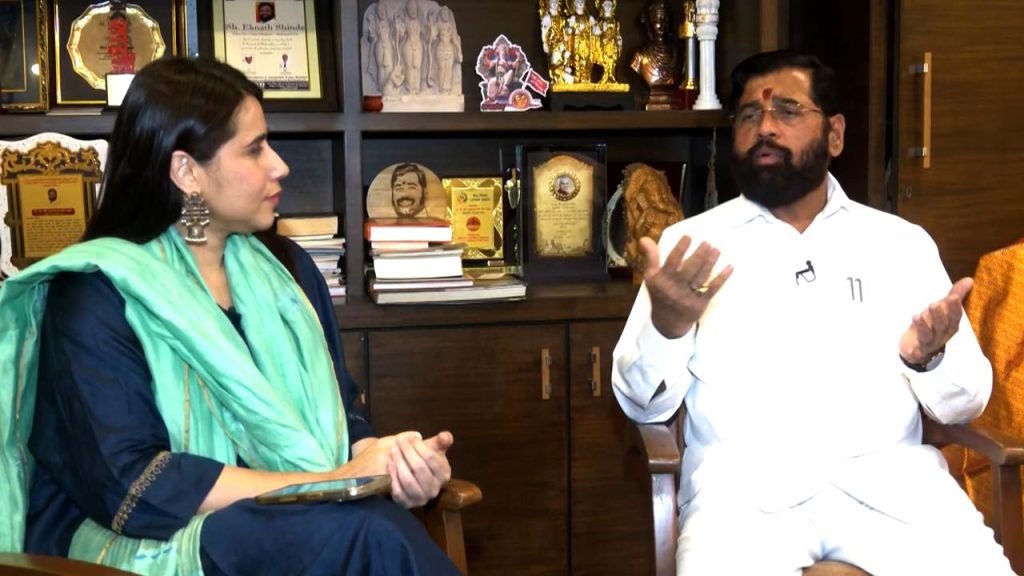Will We Care About Frameworks in the Future?
Paul Kinlan, who leads the Chrome and the Open Web Developer Relations team at Google, asks and answers the question (with a no.): Frameworks are abstractions over a platform designed for people and teams to accelerate their teams new work and maintenance while improving the consistency and quality of the projects. They also frequently force a certain type of structure and architecture to your code base. This isn't a bad thing, team productivity is an important aspect of any software.
I'm of the belief that software development is entering a radical shift that is currently driven by agents like Replit's and there is a world where a person never actually has to manipulate code directly anymore. As I was making broad and sweeping changes to the functionality of the applications by throwing the Agent a couple of prompts here and there, the software didn't seem to care that there was repetition in the code across multiple views, it didn't care about shared logic, extensibility or inheritability of components... it just implemented what it needed to do and it did it as vanilla as it could.
I was just left wondering if there will be a need for frameworks in the future? Do the architecture patterns we've learnt over the years matter? Will new patterns for software architecture appear that favour LLM management?
Read more of this story at Slashdot.





